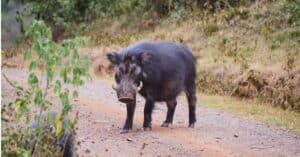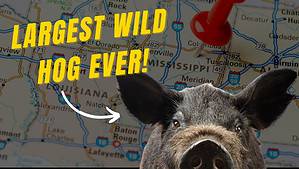More than 6 million wild hogs roam the United States and are found in 35 states. First imported in the 1500s, a current crisis of feral hogs is occurring. Populations of feral hogs are increasing drastically. Many states have had the population of wild hogs more than double within the last few years. This article will take a look at 10 states with the worst feral hogs.
The adaptability, hardness, and ability to breed very quickly are why feral hogs populations are becoming dangerously high across America. Hogs spread Diseases like leptospirosis, E. coli, salmonella, swine influenza, and much more. Along with their aggressive nature, hogs also destroy various plant life and agricultural fields with their rooting and non-stop eating.
In the United States, wild hogs cause 2.5 billion dollars worth of damage yearly. Some states have it much worse than others, and their feral pig populations continue to grow despite year-round hunting. Here are 10 states with the worst feral hogs and the problems they cause.
10. Alabama
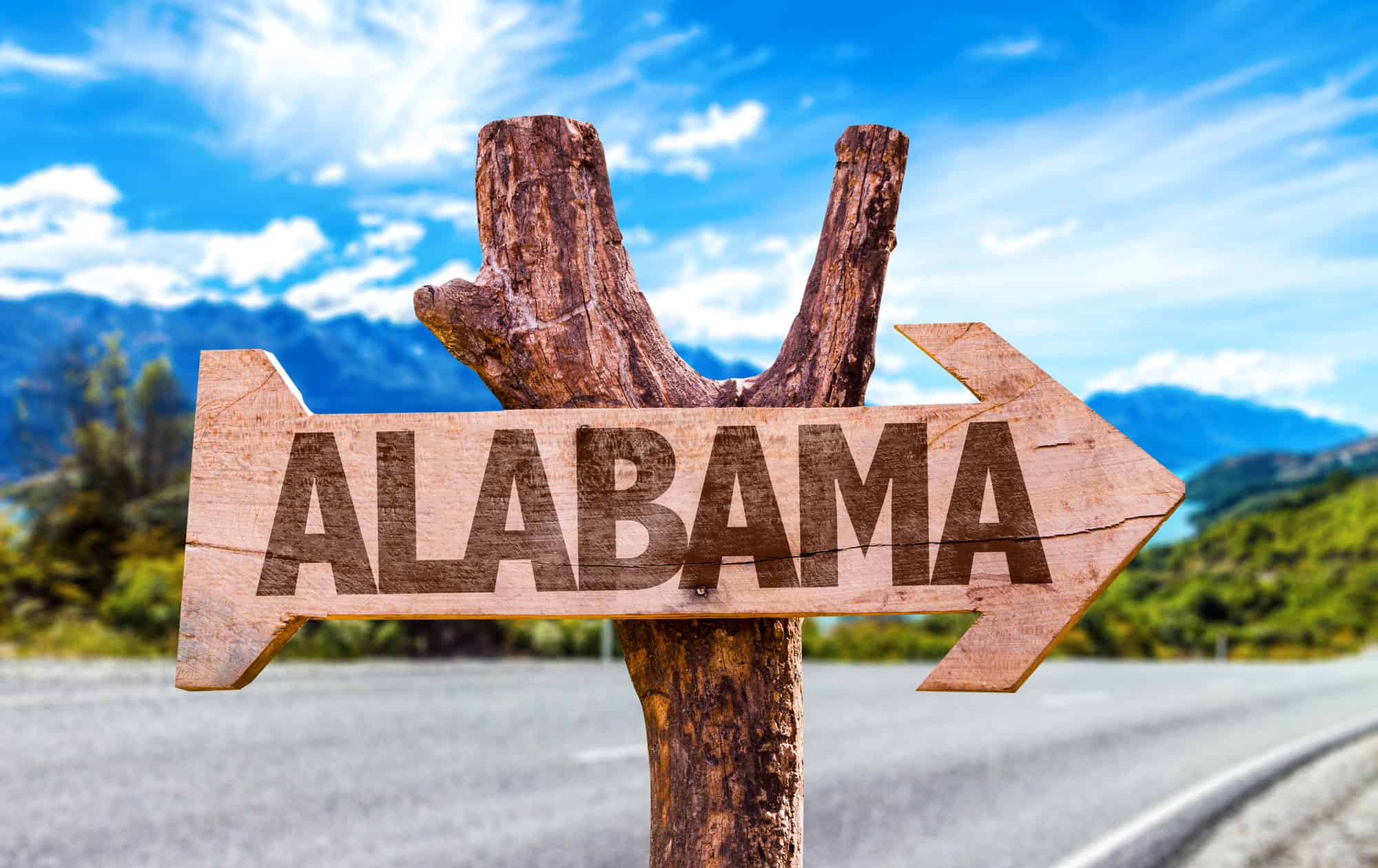
255,000 feral hogs populate Alabama.
©Gustavo Frazao/Shutterstock.com
In Alabama, around 255,000 feral hogs live within the state. Not only do these pigs destroy agricultural lands, but they also affect the state’s water supply. When hogs root near streams, they may contaminate water sources with sediment and feces.
The ACES estimates that feral swine are responsible for around $55 million worth of agricultural damage yearly in Alabama. To control their populations, you can hunt feral hogs year-round without restrictions on how many you can harvest within the state.
9. Hawaii

The population count for feral hogs in Hawaii in 2023 was 400,000.
©MNStudio/Shutterstock.com
In Hawaii, the estimated population of feral hogs in 2023 was 400,000. Hogs were introduced to the islands around 1,500 years ago. With populations growing massively, the hogs have caused damage to the native animals and plants on the islands.
The state uses methods like trapping, hunting, and fencing off areas to limit feral hogs’ impact. Hunters can hunt hogs on the Hawaii islands of Maui, Molokai, Oahu, and Kauai, but not Lanai. You will need a license to hunt feral hogs in Hawaii, and season dates vary based on the island.
8. California
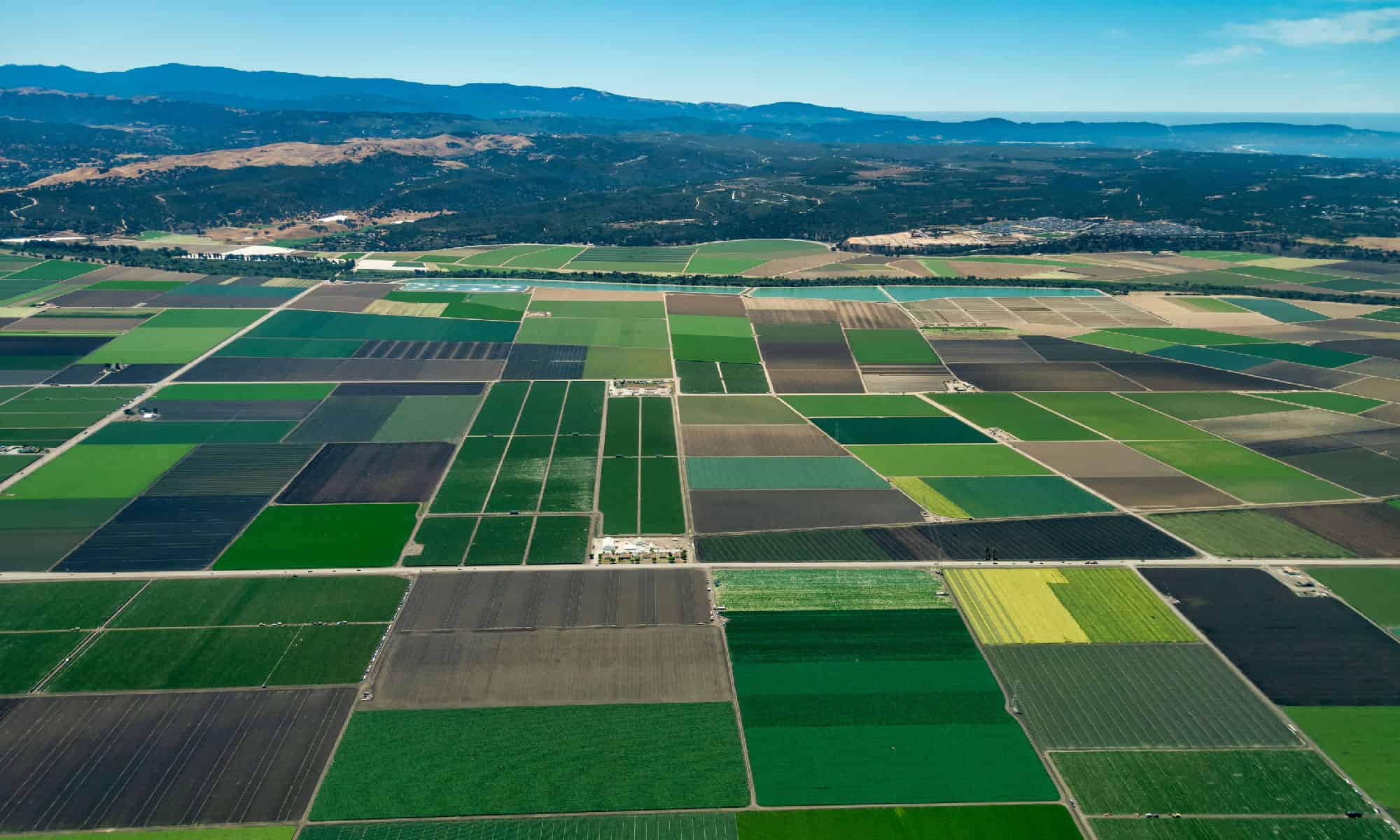
Like Hawaii, California has about 400,000 feral hogs.
©Dreamframer/Shutterstock.com
California has an estimated population of about 400,000 feral hogs. 56 of the 59 California counties have populations of wild pigs, and they cause millions of damages within the state every year.
To combat the wild hog problem in the state, hunters can kill an unlimited amount of hogs any time of the year with the right tags and licenses. Trapping efforts are also in place and are extremely effective. Releasing a feral hog intentionally into the wild is illegal.
7. New Mexico

About three-fourths of New Mexico’s land is suitable for feral hogs.
©Chopkins Productions/Shutterstock.com
New Mexico has a feral hog population of around 500,000. Around three-fourths of the state’s land is suitable habitat for wild pigs. Due to the large number of hogs in New Mexico, there are no bag limits for hunting or season dates. A hunting license is not required to kill wild hogs in the state, and only permission from the landowner is needed.
6. South Carolina
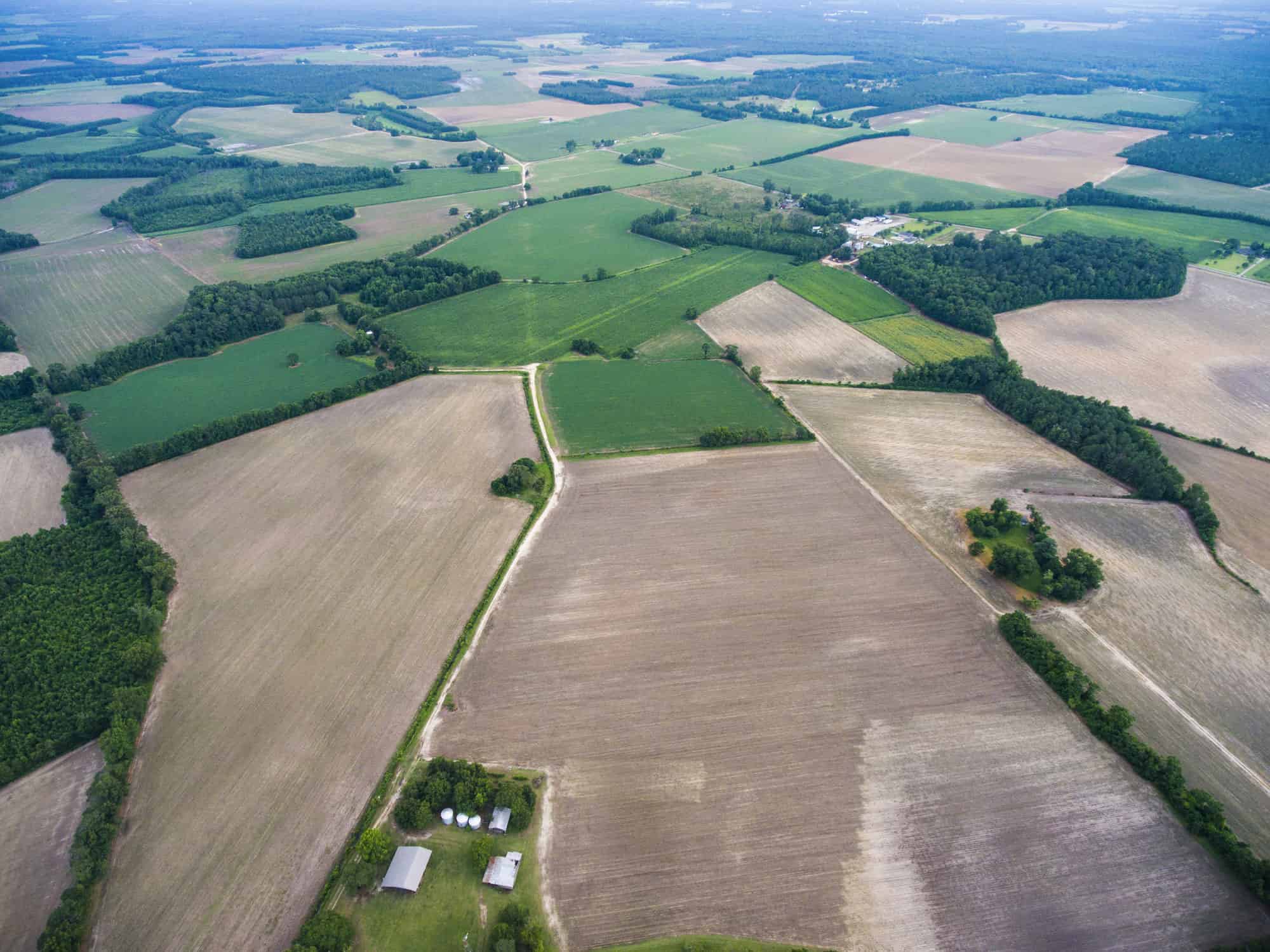
The feral hog population of South Carolina reaches about 450,000.
©A3Media/Shutterstock.com
South Carolina’s hog population is estimated to be around 450,000, and they are found in every county within the state. They are prevalent mostly in the coastal areas of South Carolina and prefer habitats like swamps and areas near rivers. The growth of the wild hog population in South Carolina is largely due to hunters moving feral pigs from Texas into the state.
There are no bag limits or season dates for hunting wild hogs on private land. If hunting in wildlife management areas within South Carolina, you must have a hunting license and follow the date regulations.
5. Georgia
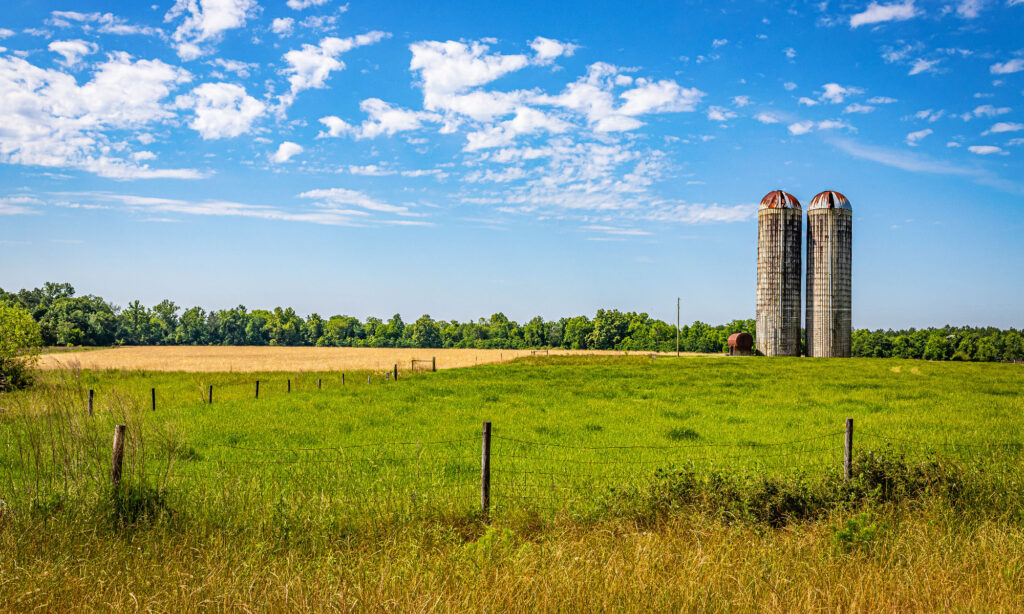
Feral hogs in Georgia damage crops and farmland in totals of about $150 million annually.
©Gestalt Imagery/Shutterstock.com
As one of the states with the worst feral hogs, Georgia has a population of around 600,000 wild pigs living in the state. You can spot wild hogs in all of the state’s counties. The damage to crops and farmland totals over $150 million yearly from the wild pigs in Georgia. To control the wild hog populations, the government uses Trapping, hunting, and euthanizing, which stops them from spreading diseases or killing native wildlife.
4. Florida
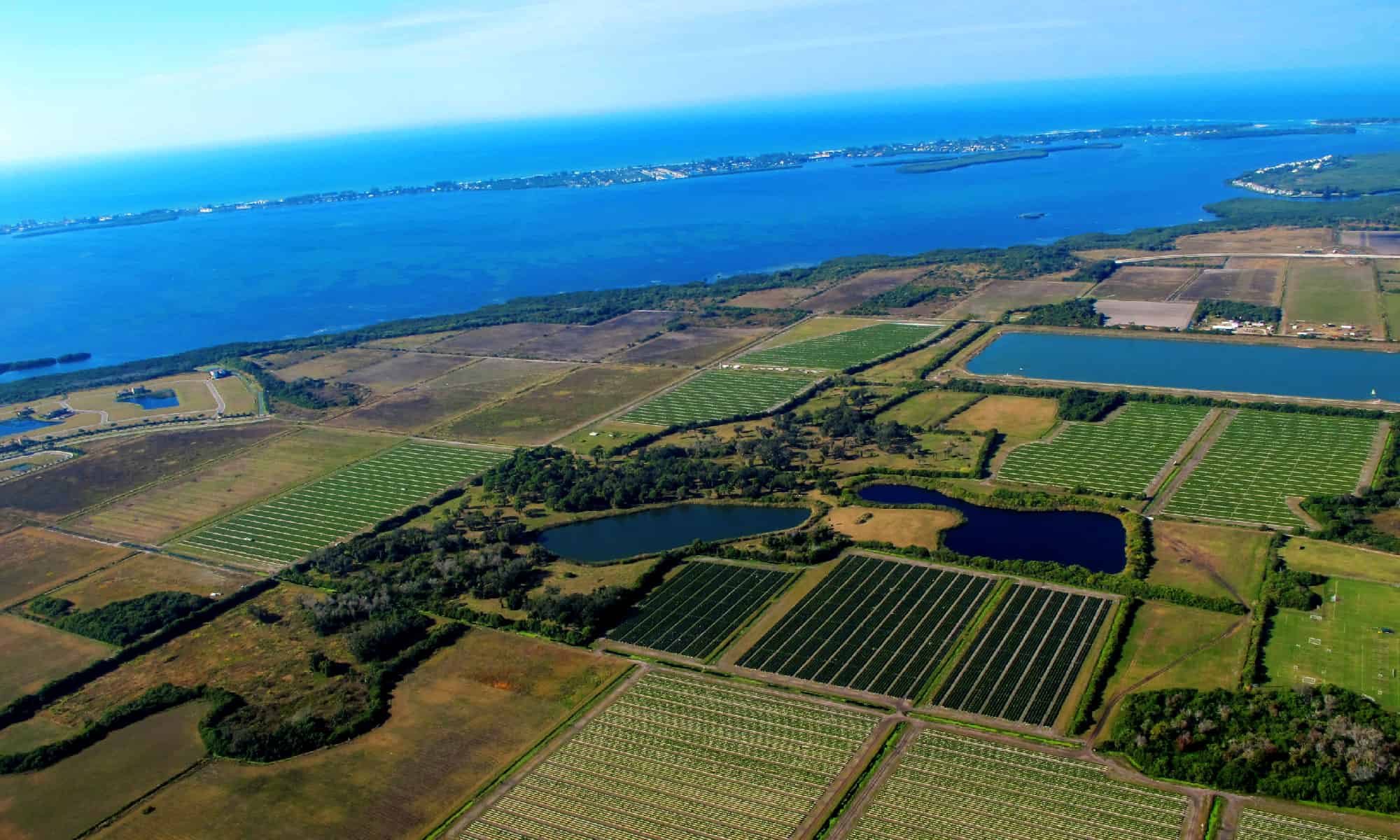
Feral hogs call all of Florida’s 67 counties home.
©Nuntiya/Shutterstock.com
Wild hogs can be found in all of Florida’s 67 counties, and the state has a hog population of around 500,000. While their range is large, the feral hogs in Florida prefer marshes, pine flatwoods, and farmland habitats. Property owners use fences to keep wild hogs out of their land, preventing them from destroying plants, spreading disease, or killing pets. In Florida, you can hunt hogs year-round, day or night, with the landowners’ permission.
3. Louisiana
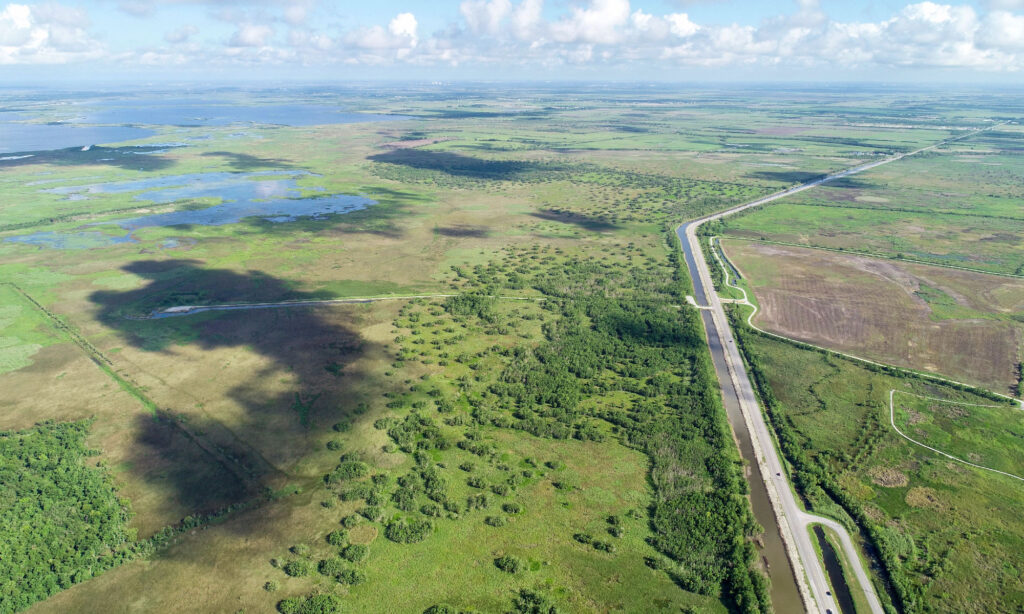
The feral hog population of Louisiana is about 700,000.
©Lewis Directed Films/Shutterstock.com
Louisiana has an estimated population of 700,000 feral hogs within the state. Hogs live statewide, and the economic losses caused by wild hogs in Louisiana total around $91.1 million yearly. Certain laws were adopted to make it easy to hunt hogs any time of day in Louisiana, such as aerial or on-the-ground hunting and trapping.
2. Oklahoma
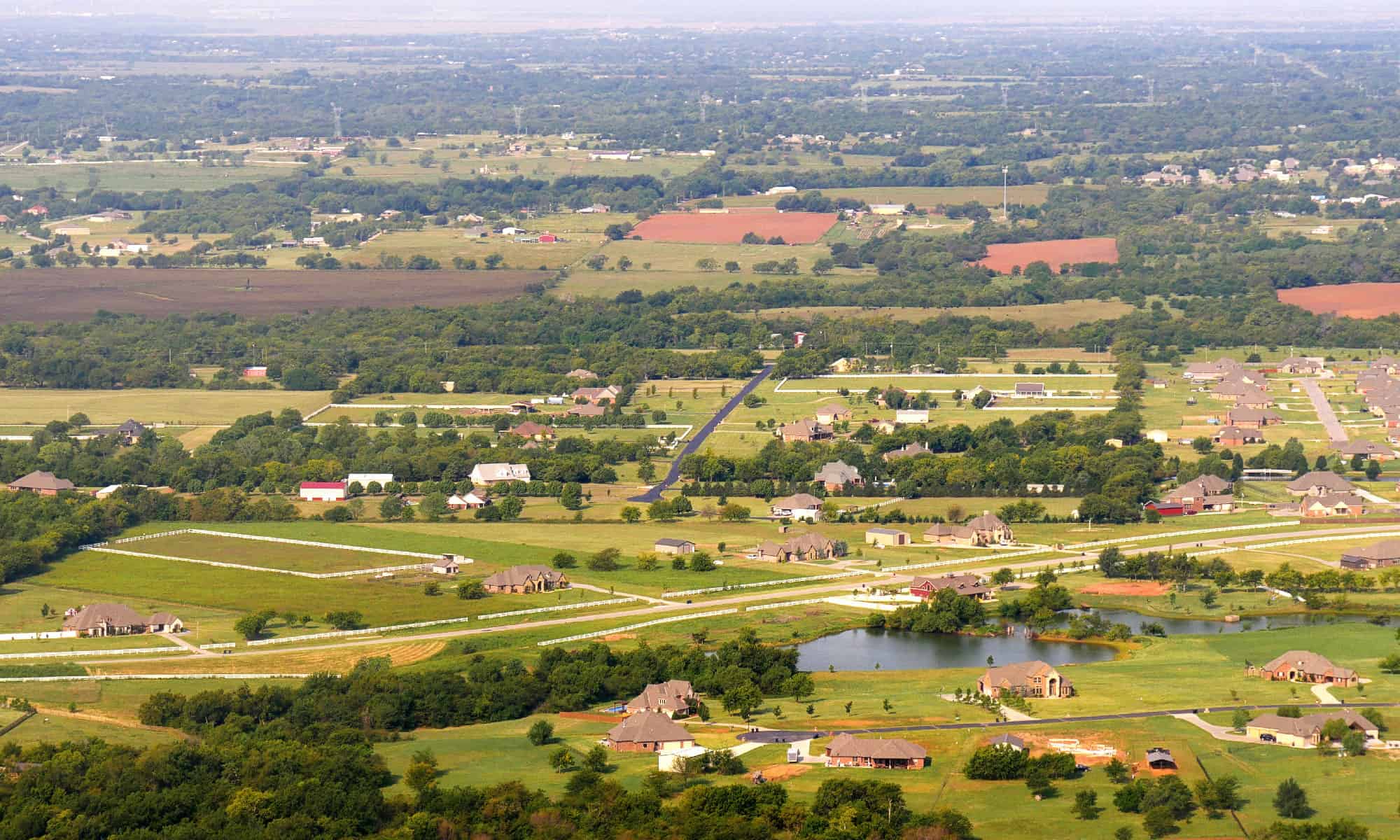
Wild hogs call 70 of Oklahoma’s 77 counties home.
©RaksyBH/Shutterstock.com
Oklahoma has a very large population of feral hogs, with more than 1.5 million inhabiting the state. Wild pigs live in around 70 of the 77 counties within the state, and despite the number of hogs being killed each year, their population continues to rise. The southern regions of Oklahoma are where most hogs reside. Like other regions in America with terrible hog problems, there are no season dates or bag limits to follow when hunting wild hogs.
1. Texas
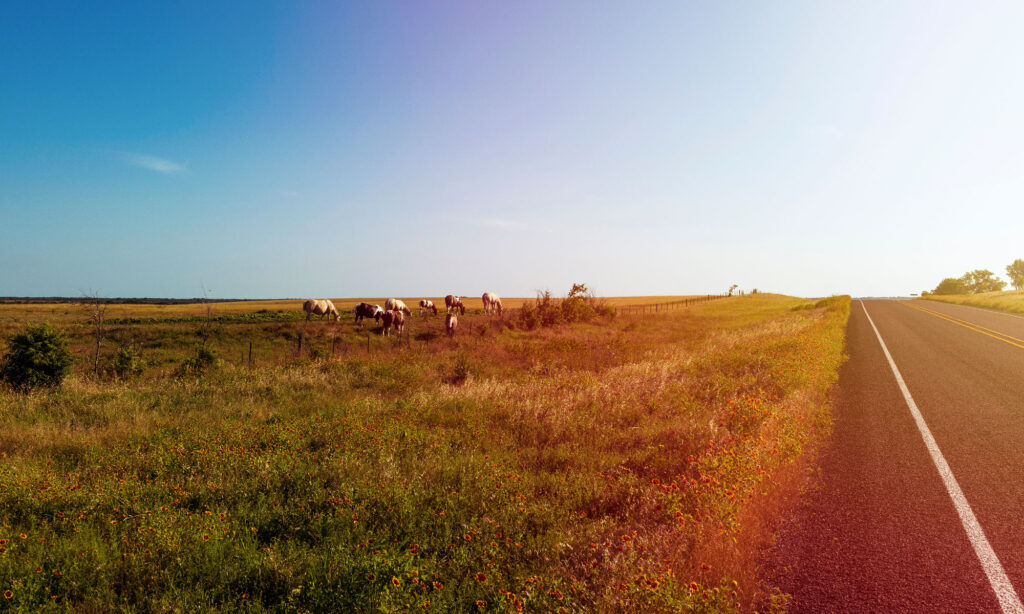
With over 1.5 million, Texas has more feral hogs than any other state.
©TLF Images/Shutterstock.com
Everything is bigger in Texas, including the wild hog population and the problems they bring. The state has a population of more than 1.5 million hogs. They are disturbed across Texas, with the highest populations living in Central, East, and South Texas. Around 500 million to 1 billion dollars worth of agriculture damage is caused by the wild hogs yearly.
Hunting of feral hogs in Texas occurs year-round to dwindle their large populations, and there are no limits on how many can be killed. Groups of hogs can have up to 30 members, and it is not uncommon to see mass killings of them. You can even find areas in Texas where they put hunters in helicopters to shoot as many hogs as possible from the skies.
The photo featured at the top of this post is © Yvdalmia/Shutterstock.com
Thank you for reading! Have some feedback for us? Contact the AZ Animals editorial team.




